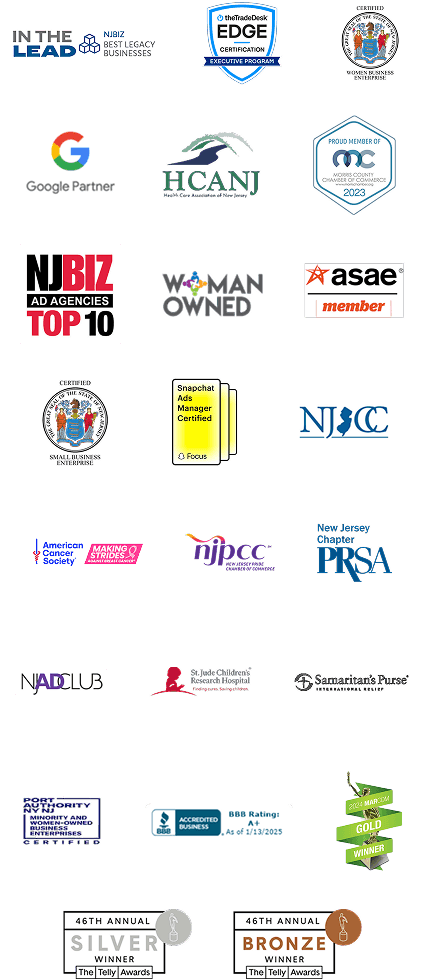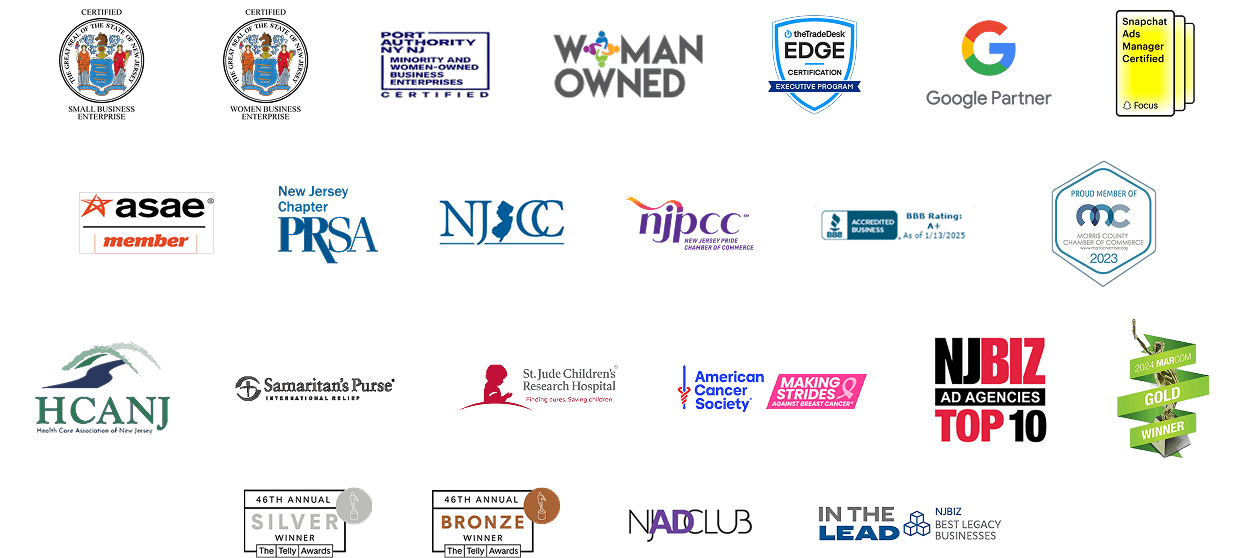These odd things we call “Clichés”

Despite being etymologically rooted in French, clichés have become integral both to written and spoken English. “Think outside the box,” “low-hanging fruit,” “read between the lines,” and my favorite, “break a leg,” are popular examples of the thousands of clichés populating – or polluting – the world’s most flexible, widely-used language.
World Communication Week 2024: Navigating the Digital Age

Back in 1988 – when digital tech was in its infancy – November 1-7 was established as World Communication Week by the International Association of Business Communicators. Since then, this week has become increasingly important, given the rise of social media and other forms of digital communication.



